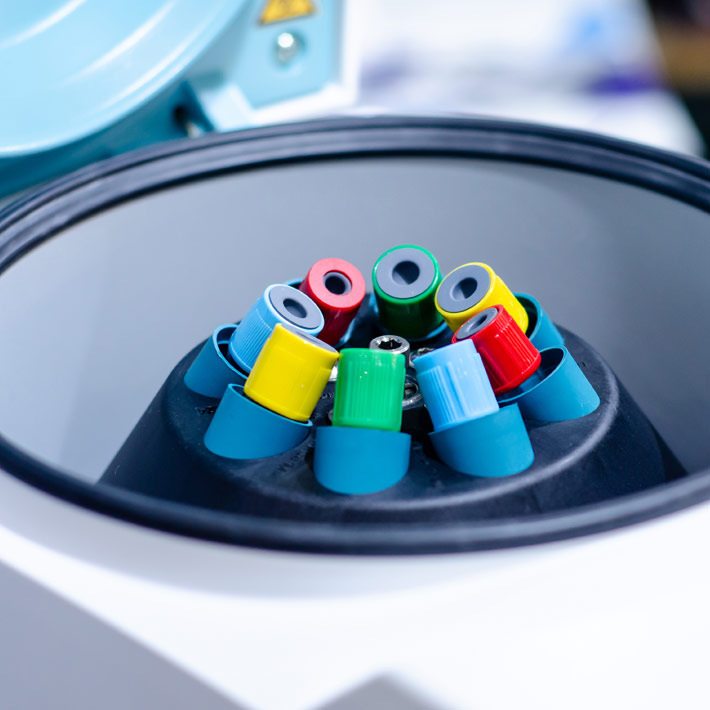20 November 2019
KAIMRC researchers monitored five adult intensive care units (ICUs) over 33 months to help establish measures to reduce unnecessary use of antimicrobials, especially antibiotics, and control the emergence of antimicrobial resistance (AMR). The study shows that the use of some strains of antibiotics is six times higher in Saudi Arabia compared to European countries
For patients infected with pathogenic microorganisms, broad-spectrum antimicrobials can make the difference between life and death. However, because antimicrobials are readily available, generally affordable, and safe, they are often overused. Excessive antibiotic consumption has been associated with AMR and high levels of antibiotic consumption in hospitals has highlighted an urgent need to establish stricter guidelines.
In 2015, the World Health Organisation (WHO) issued the Global Action Plan for AMR. Based on this plan, Gulf Cooperation Council (GCC) countries have developed a National AMR plan to determine the baseline antimicrobial consumption.
“Estimating the baseline antimicrobial consumption will serve multiple purposes; to identify hospital units or wards of highest consumption, to monitor the impact of future interventions, and to reduce inappropriate prescription patterns,” says Hanan H. Balkhy, former Executive Director of the Infection and Prevention Program at the Ministry of National Guard Health Affairs, and lead author of this study.
Balkhy and colleagues collected data on the daily dose, treatment length, and frequency of daily consumption of 16 antimicrobials in governmentally funded ICUs that provide healthcare services for approximately 1,800 patients per year.
The authors monitored more than 40,000 antimicrobial drug doses administered during 4,919 admissions. The average course of treatment was 9.5 days and the most consumed antimicrobial agents across all ICUs were the antibiotics meropenem (21.4 percent), piperacillin/tazobactam (16.8 percent), vancomycin (14.9percent) and colistin (13.5 percent), and the antifungal agent caspofungin (8.0 percent).
There was some variation in ICU-specific antimicrobial consumption, with carbapenems, the broad-spectrum antibiotic group that includes meropenem, being the most frequently consumed in medical and surgical, burn, and units providing transitional care between the ICU and the general ward. By contrast, piperacillin/tazobactam was the most frequently consumed antimicrobial in cardiothoracic ICUs.
Although the study was unable to determine whether antimicrobial consumption was inappropriate or excessive, comparisons to similar reports from other countries indicate that the use of carbapenems in Saudi Arabia is considerably higher. It was up to six times higher than in some European countries, which might have contributed to the emergence of carbapenem-resistant Enterobacteriaceae and carbapenem-resistant Acinetobacter identified in hospitals in GCC states.
“Our results indicate that the judicious use of antibiotics should become a priority,” says Balkhy. “Implementing specialised Antimicrobial Stewardship Programs will ensure that those who need such agents receive them in a timely fashion and those who do not need them will not.”.
References
Balkhy, H. H., El-Saed, A., El-Metwally, A., Arabi, Y. M., Aljohany, S. M. et al. Antimicrobial consumption in five adult intensive care units: a 33-month surveillance study. Antimicrobial Resistance and Infection Control 7, 156 (2018). | article



